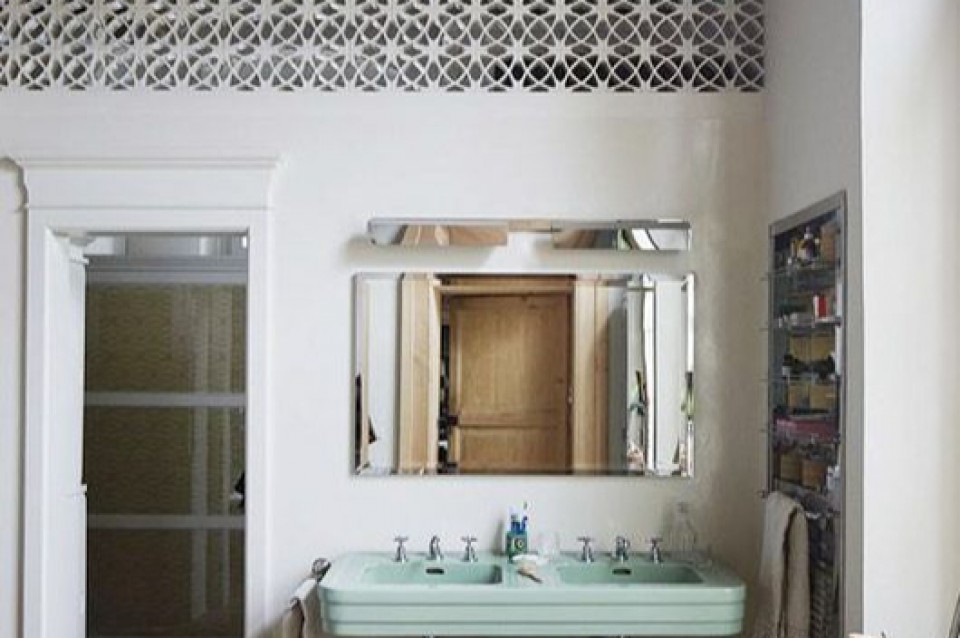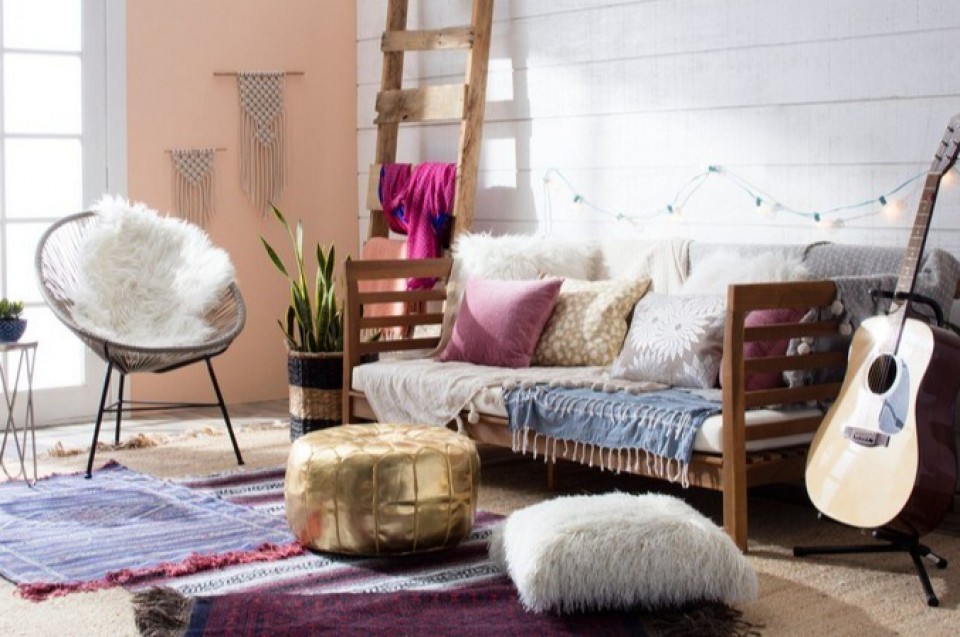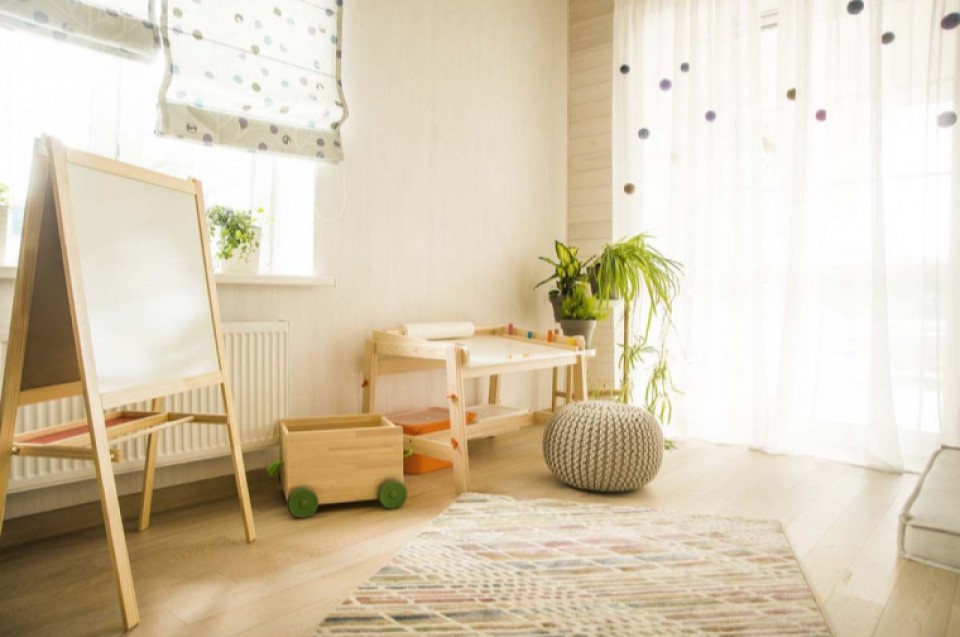The Fusion of Materials and Colors: The Secret Formula for Home Interior Design
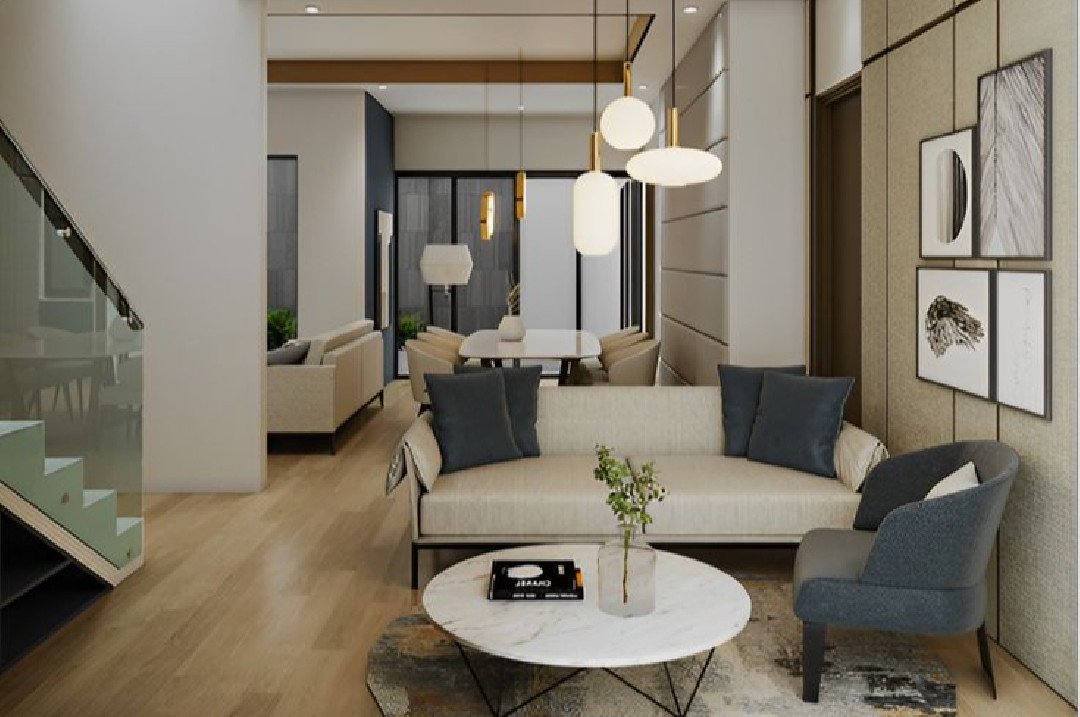
In interior design, the combination of materials and colors plays a crucial role in creating the desired ambiance within a home. The right balance between these two elements can result in a harmonious, aesthetically pleasing, and functional space. Materials like wood, metal, fabric, and stone, when paired with the appropriate color palette, can evoke specific visual and emotional effects that influence how people feel in the space. This article will explore how the fusion of materials and colors can serve as a secret formula to create captivating home interior designs.
1. The Importance of Choosing the Right Materials
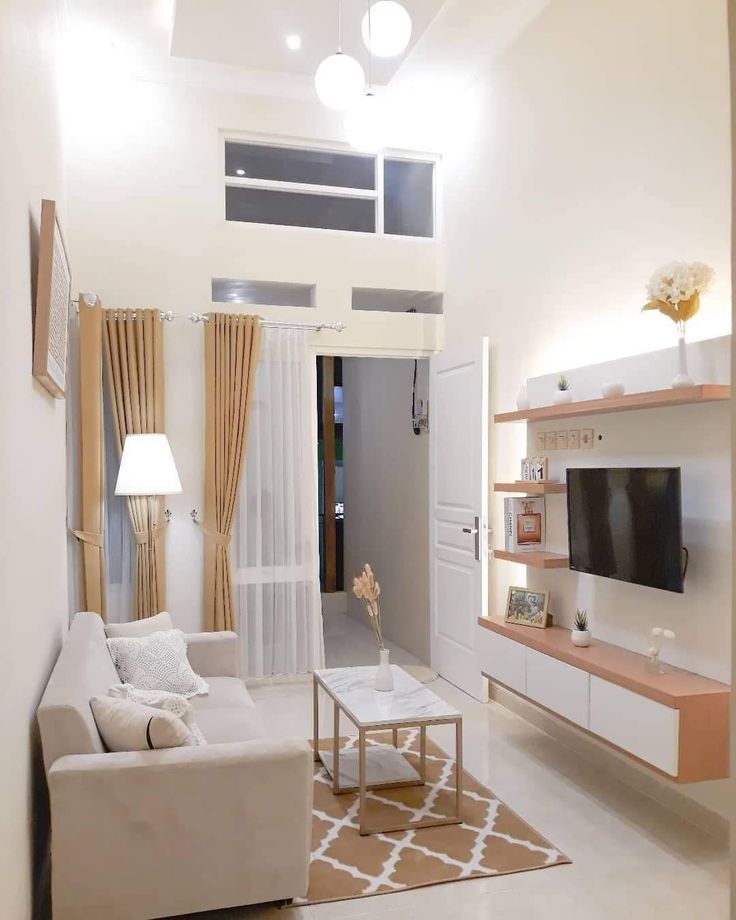
Materials used in a room not only serve an aesthetic purpose but also directly affect the comfort and atmosphere of the space. For example, incorporating wood elements into the interior can bring warmth and a natural touch. Wood can be used for flooring, walls, or furniture, making it an ideal choice for a cozy and welcoming environment.
On the other hand, materials like metal or glass are often used to create a modern and minimalist look. Metal with metallic or chrome finishes can provide a clean and sophisticated appearance, while glass opens up the space, adding brightness. Combining these materials introduces different dimensions and characteristics to each room.
2. Mixing Textures for Depth
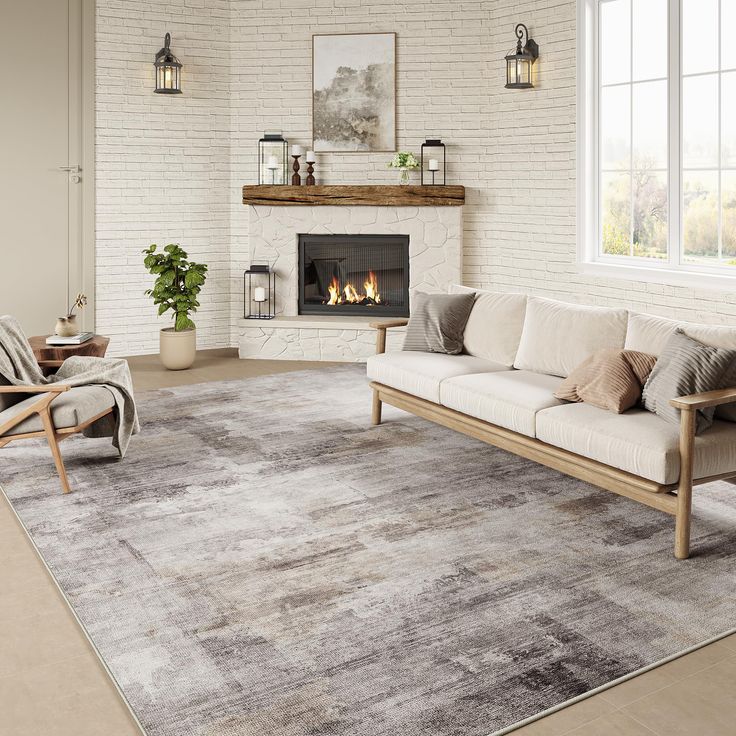
One of the keys to successful home interior design is the ability to mix different textures. Textures add depth to a room and make it feel more vibrant. For instance, the combination of rough wood with soft fabric on furniture creates an appealing contrast that adds dynamism to the space.
Different textures can be introduced through elements like walls, flooring, furniture, and accessories. Natural stone on walls or floors adds a rustic and earthy vibe, while plush rugs add comfort. Blending these textures helps create a richer, more visually interesting space.
3. The Role of Color in Setting the Mood
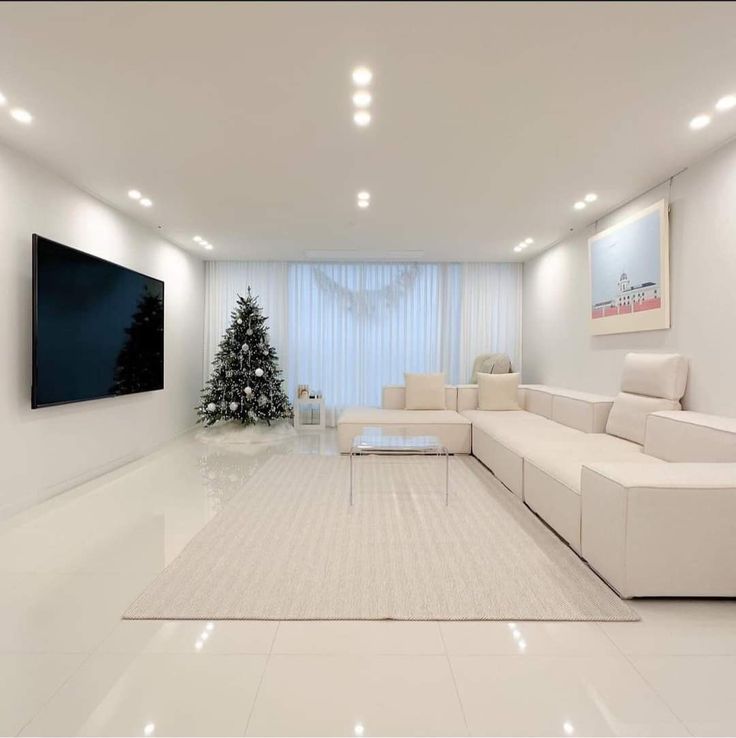
Color plays a significant role in setting the mood within a home. The chosen color palette should reflect the personality of the homeowners while complementing the materials used. Neutral colors like white, gray, and beige are popular because they can easily be paired with various materials. These colors create a calm and spacious atmosphere, serving as the perfect backdrop for more vibrant accessories.
For a bolder design, contrasting color combinations can be used. For example, pairing dark walls with light wooden furniture creates a modern and elegant look. Meanwhile, soft pastel hues can provide a refreshing and light feel in a minimalist room.
Additionally, color choices should take lighting into account. Rooms with good natural light are more flexible when it comes to color options, while spaces with limited natural light may benefit from lighter and softer tones to make them feel brighter and more open.
4. Balancing Materials and Colors
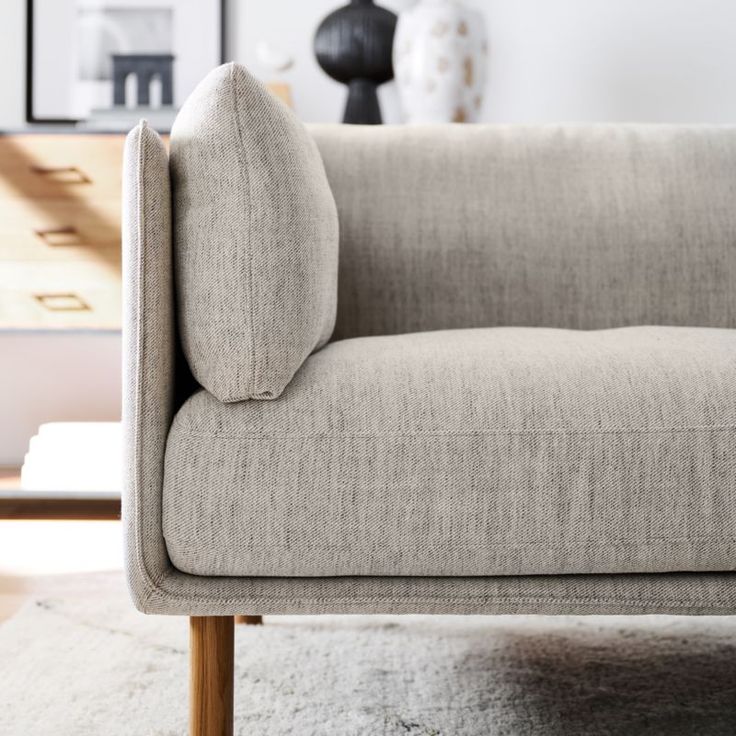
The key to successful interior design lies in finding the right balance between materials and colors. This balance is important not just visually but also functionally. For example, in a family room, combining natural wood with soft fabric on a neutral-colored sofa creates a cozy and inviting atmosphere. This also makes it easy to incorporate bright-colored accessories like cushions, lamps, or artwork.
In the kitchen, materials such as marble or granite for countertops can add a touch of luxury and elegance. When combined with neutral-colored cabinetry or natural wood, the result is a clean and modern kitchen. Blending natural materials with neutral or monochromatic colors creates a balanced and harmonious space without looking overly extravagant.
5. Experimenting with Accent Colors and Materials

While balance is important, experimenting with accent colors and materials can add unique touches to interior design. These accents can come in the form of furniture, rugs, or small decorative items that draw attention. For example, adding a brightly colored leather chair in a corner of the living room can become an attractive focal point.
In the bedroom, you can experiment with a bold, fabric-upholstered headboard that contrasts with the wall color. Not only does this create an interesting visual element, but it also enhances comfort. These small accents allow for personal expression without disrupting the overall harmony of the design.
6. Creating Flow Between Rooms
To create a harmonious interior home, it is important to ensure that there is a continuous flow between rooms. This can be achieved by using a consistent color palette and materials throughout the house. For instance, if you use wood as a primary element in the living room, you can continue this theme into the dining room or kitchen by incorporating similar wood elements.
Additionally, using the same or similar colors across multiple rooms helps create a smooth transition between spaces. However, it's important to add unique touches to each room to avoid monotony and make each space feel distinct.


